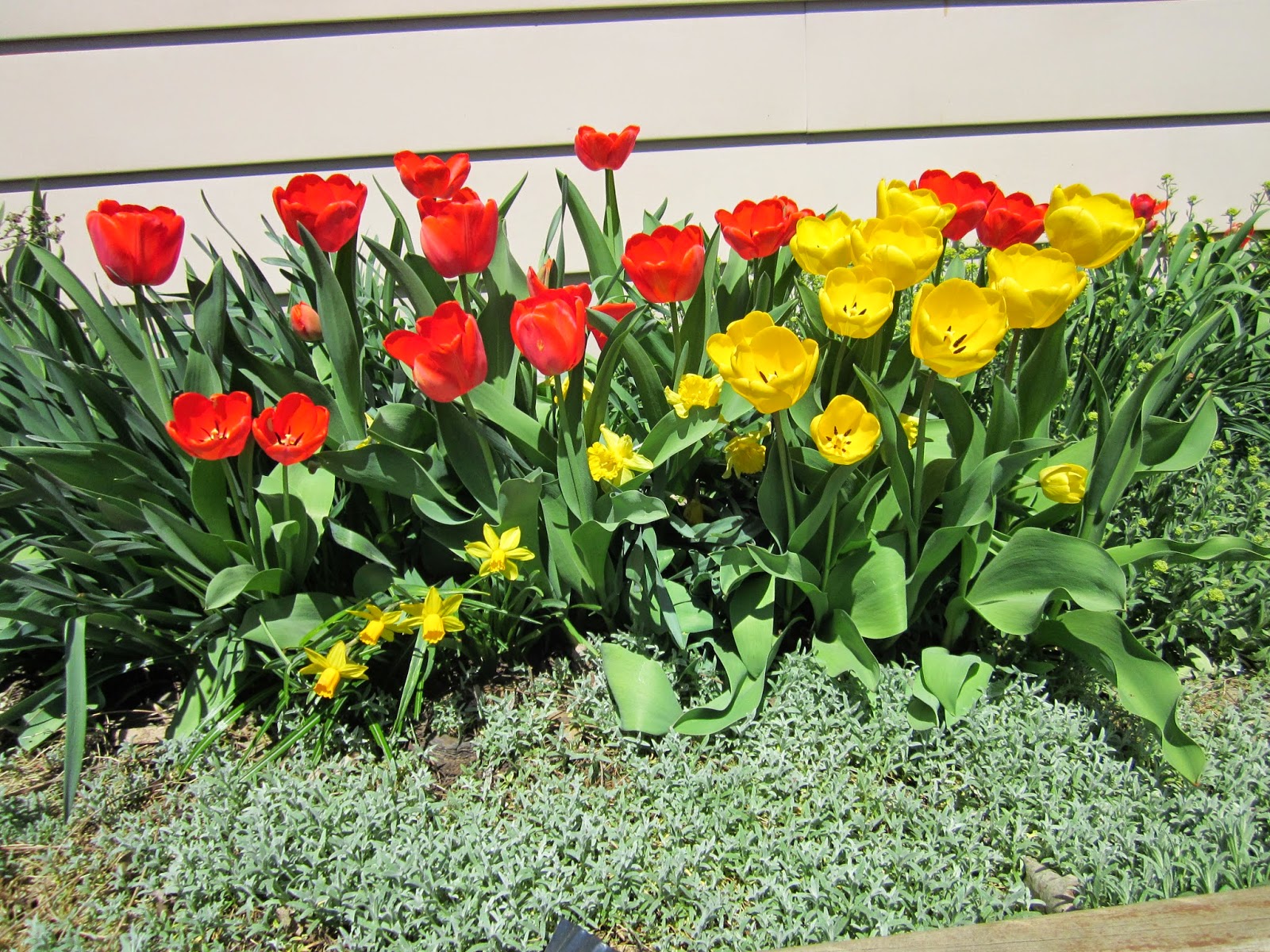 |
| Edward Tudor, the prince, meets Tom Canty, the pauper and street urchin. |
The play was wonderful, full of energy. I'd forgotten all but the basic plot of Mark Twain's classic story of switching identities. The dialogue was at times poignant and then, very funny. Both audience and players were obviously enjoying themselves, and the young actors delivered their lines without a hitch. Granddaughter's role was a small one; she is only in her first year of the program, a "minor niner." There'll be bigger roles to come for her.
The set was perfect, and the period costumes were amazing, both street urchins and royal courtiers. In fact, the royal crown and King Henry's jewels looked quite authentic.
All in all, it was a fun production, and the cast got a well-deserved standing ovation after the final curtain. And why not? I don't go along with the theatre purists who insist that standing ovations should be reserved for the likes of the late Pavarotti or the Broadway cast of . . . (you fill in the blanks here). Do you agree?
Why do we choke up with emotion at delivering a Standing O? I think it's because we feel the love, and that audience at the school, many of whom were parents and grandparents, was bursting with pride and love for those young drama students.
Bravo! I say

